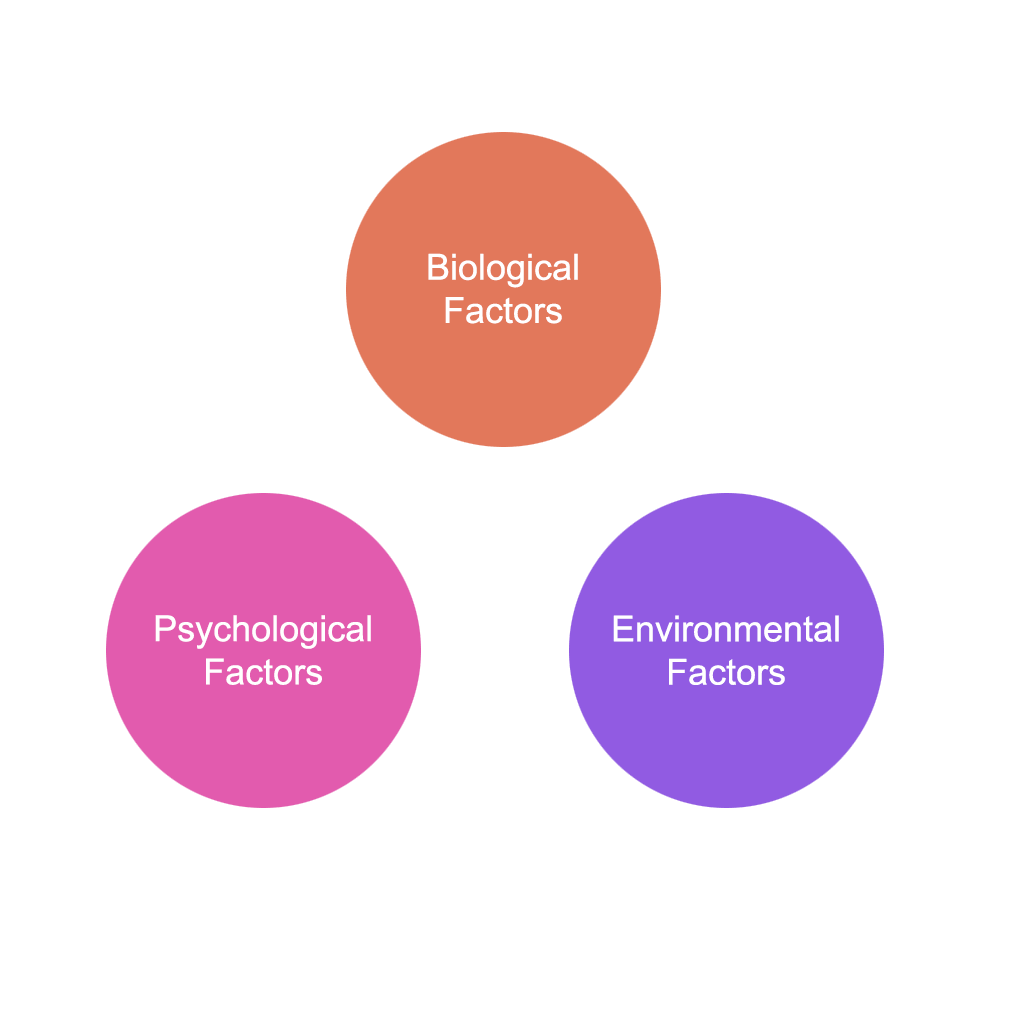Describe in detail Cattell’s trait theory of personality.
Cattell suggested that there is a continuum of personality traits. Each person contains 16 traits to a certain degree, but they might be high in some traits and low in others. The following are the 16 personality dimensions described by Cattell.
- Abstractedness: Imaginative versus practical.
- Apprehension: Worried versus confident.
- Dominance: Forceful versus submissive.
- Emotional Stability: Calm versus high strung.
- Liveliness: Spontaneous versus restrained.
- Openness to Change: Flexible versus attached to the familiar.
- Perfectionism: Controlled versus undisciplined.
- Privateness: Discreet versus open.
- Reasoning: Abstract versus concrete.
- Rule Consciousness: Conforming versus non-conforming.
- Self-Reliance: Self-sufficient versus dependent.
- Sensitivity: Tender-hearted versus tough-minded.
- Social Boldness: Uninhibited versus shy.
- Tension: Impatient versus relaxed.
- Vigilance: Suspicious versus trusting.
- Warmth: Outgoing versus reserved.
The two types of intelligence as put forward by Cattell:
Cattell proposed the concepts of fluid and crystallized intelligence. Cattell defined fluid intelligence as the ability to perceive relationships independent of previous specific practice or instruction concerning those relationships. Fluid intelligence involves being able to think and reason abstractly and solve problems. This ability is considered independent of learning, experience, and education. Examples of the use of fluid intelligence include solving puzzles and coming up with problem-solving strategies.
Crystallized intelligence involves knowledge that comes from prior learning and past experiences. Situations that require crystallized intelligence include reading comprehension and vocabulary exams. This type of intelligence is based upon facts and rooted in experiences.



